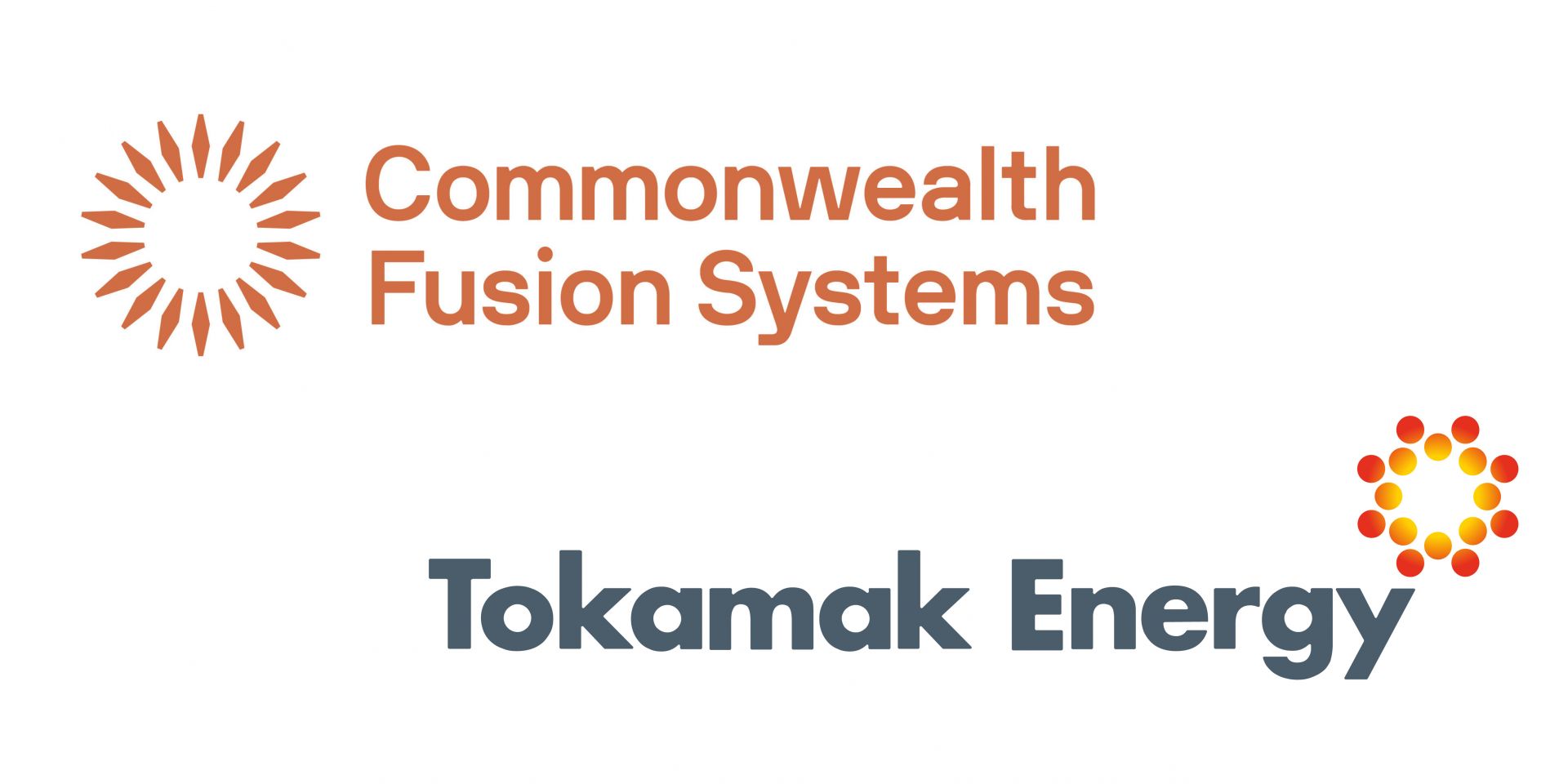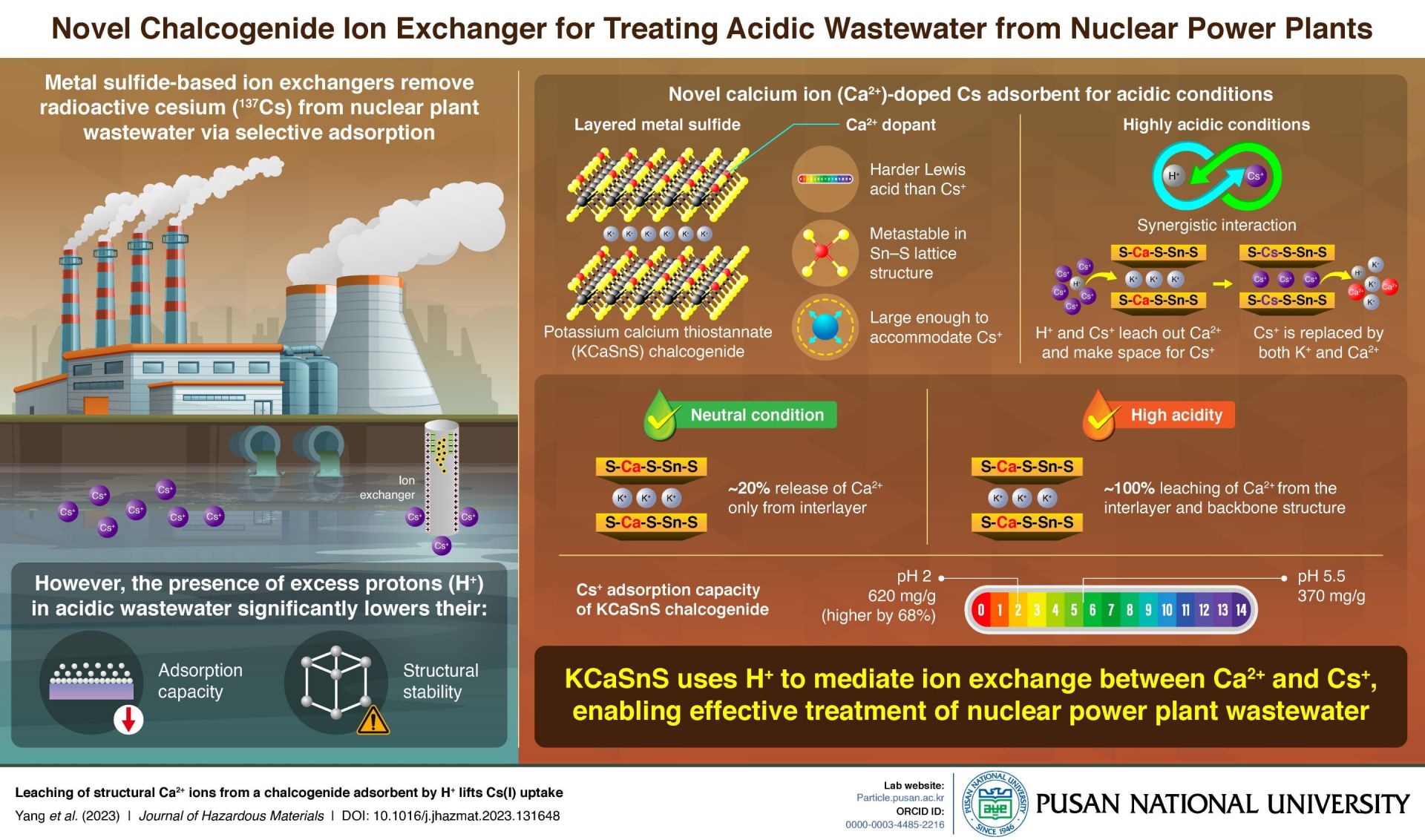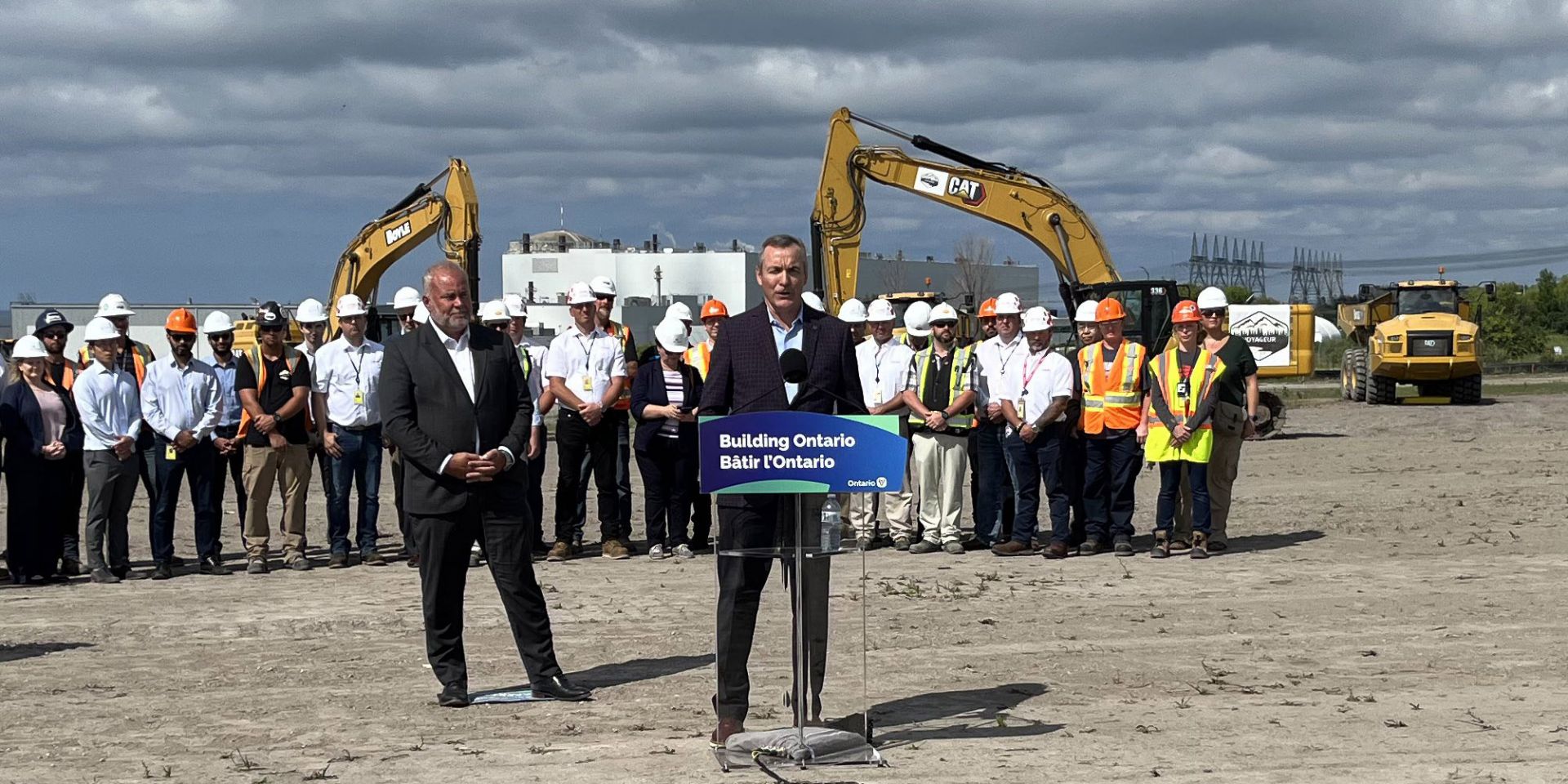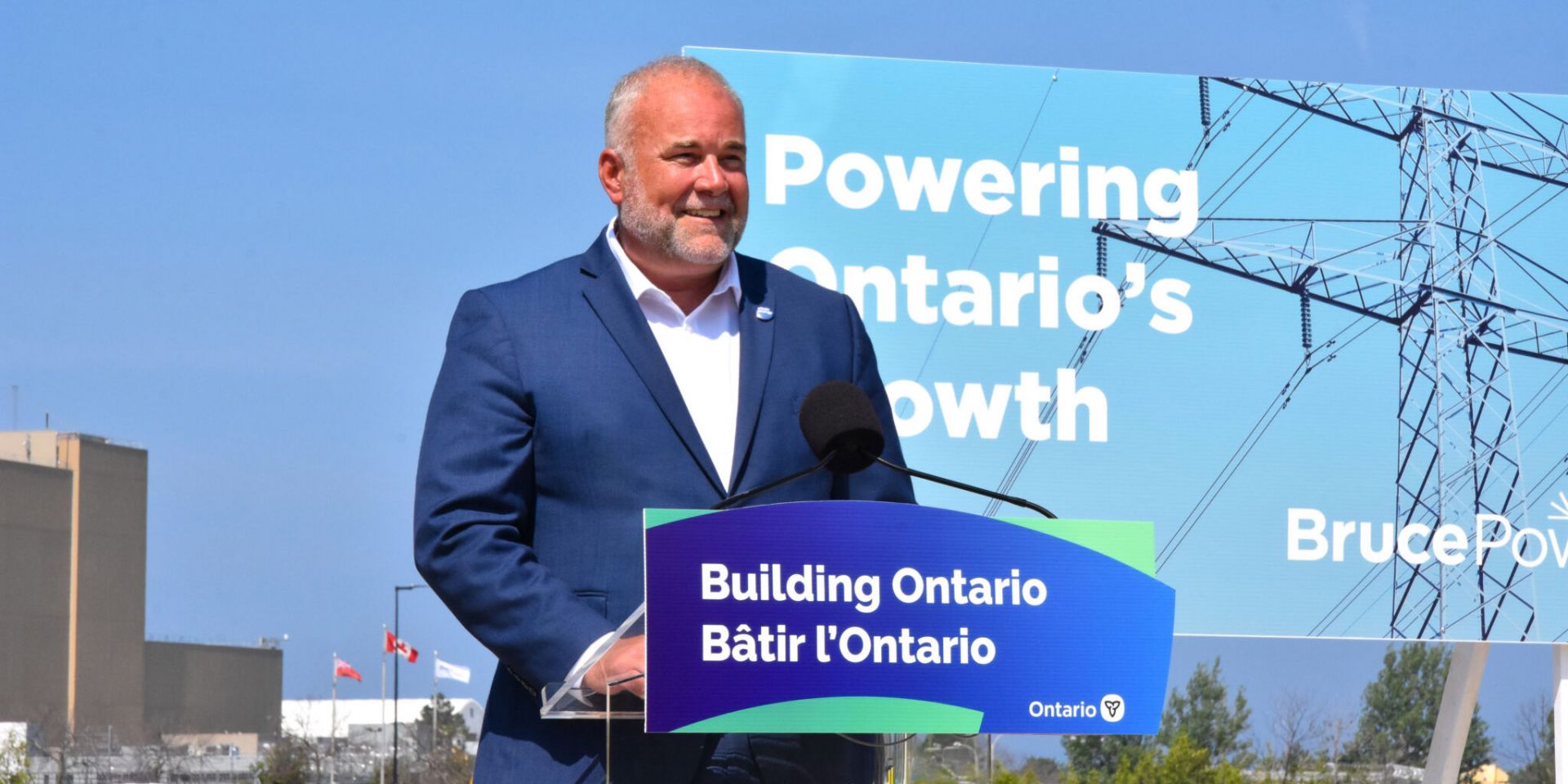Human risk factors
Human factors engineering and risk analysis are part of every instrumentation and control upgrade and new reactor plan—from design and licensing to implementation and operation—and applications continue to evolve.

A message from Goodway Technologies
Optimizing Maintenance Strategies in Power Generation: Embracing Predictive and Preventive Approaches
Human factors engineering and risk analysis are part of every instrumentation and control upgrade and new reactor plan—from design and licensing to implementation and operation—and applications continue to evolve.
Tennessee Gov. Bill Lee has announced appointments to his Tennessee Nuclear Energy Advisory Council, established recently via executive order to help position the Volunteer State as a national leader in nuclear innovation.
The European Union agreed in July 2022 to include nuclear power in its taxonomy of environmentally sustainable economic activities. Yet as Columbia University senior research scholar Matt Bowen and research assistant Kat Guanio note in commentary published July 6 by Columbia University’s Center on Global Energy Policy, that policy decision remains “a bit of an outlier.” Despite nuclear energy’s anticipated role in achieving decarbonization, many climate finance taxonomies either explicitly exclude nuclear power or are discouragingly ambiguous.

Crapo
Bipartisan legislation has been reintroduced in Congress to strengthen the Radiation Exposure Compensation Act (RECA), improving compensation for people who were exposed to radiation as a result of working in uranium mines or living near sites of nuclear weapons testing during the Cold War. The legislation was introduced recently in the Senate by Sens. Mike Crapo (R., Idaho) and Ben Ray Luján (D., N.M.) and in the House by Rep. Teresa Leger Fernández (D., N.M.) and Del. James Moylan (R., Guam).
Follow-up bill: Originally introduced by Crapo in 2021, S. 2798 was put forward again to follow up on the success that Crapo, Luján, and Fernández had last year in extending the RECA program into 2024. The reintroduced bill, which added Moylan as a sponsor, would extend the program further to cover more communities with former uranium workers and “downwinders” (people who were exposed to radiation because they lived downwind from weapons testing sites). While the original legislation covered people in parts of Utah, Nevada, and Arizona, the bill will now also cover those who lived in Idaho, Colorado, New Mexico, and Guam.

Commonwealth Fusion Systems (CFS) and Tokamak Energy Inc. are the two magnetic confinement tokamak fusion developers to receive a portion of the $46 million in funding announced by the Department of Energy in late May for the first 18 months of a public-private Milestone-Based Fusion Development Program aimed at developing fusion pilot plant designs and resolving related scientific and technological challenges within five to 10 years.
The Nuclear Regulatory Commission is seeking comments on three draft documents that would update guidance for U.S. nuclear power plant owners requesting subsequent license renewals for operating reactors.
The deadline for submitting comments is September 11.

The government of the Republic of Korea and the country’s industrial sector are teaming up to promote the development of small modular reactors. At a launch ceremony for the SMR Alliance, held July 4, the participants announced strategic plans and signed business agreements.

The energy ministries of Bulgaria and Ukraine have announced the signing of a memorandum of understanding to expand collaboration in the energy sector, including the nuclear energy sector.
![]() Here is a recap of industry happenings over the past month:
Here is a recap of industry happenings over the past month:
ADVANCED REACTOR MARKETPLACE
Paragon to supply I&C for Xe-100 SMR
Paragon Energy Solutions and X-energy Reactor Company have entered into a preferred supplier agreement by which Paragon will be the exclusive worldwide supplier for three crucial instrumentation and control systems for X-energy’s Xe-100 advanced small modular reactors: the reactor protection system, post-event monitoring system, and neutron instrumentation system. The new agreement builds on an existing partnership between the two companies in the areas of critical safety mechanisms, which also includes Paragon’s HIPS FPGA system.
The European Union has selected a Westinghouse-led consortium to develop and deliver “a secure, fully European nuclear fuel supply” for Russian-designed VVER reactors in the EU and Ukraine, the U.S.-based firm announced last week.

Researchers from the Pusan National University in South Korea have developed a new calcium-doped ion exchanger for the removal of radioactive cesium from acidic nuclear power plant wastewater. The findings have the potential for developing more efficient and effective methods of remediating radioactive contamination.

The Nuclear Regulatory Commission has made public an unclassified version of its annual report to Congress on the results of its security inspection activities in 2022.

Urenco announced July 6 that it will expand enrichment capacity at its U.S. site in Eunice, N.M.—known as UUSA—by adding new centrifuge cascades to increase capacity by about 700 metric tons of separative work units per year, or a 15 percent increase, with the first new cascades coming on line in 2025.
There are two open positions on the Nuclear Regulatory Commission’s Advisory Committee on Reactor Safeguards (ACRS). To fill these positions, the NRC is looking for candidates who have extensive experience in nuclear reactor safety issues—especially in the engineering and safety aspects of new light water and non–light water reactor designs and technologies, or in similar areas of nuclear reactor and fuel cycle safety.

If we’re in a new nuclear renaissance, its capital would appear to be Ontario. On July 7, just two days after debuting a collaboration with Bruce Power to build up to 4.8 GW of new nuclear generation at the Bruce plant, the government of Ontario announced that it is working with Ontario Power Generation to begin planning and licensing for the deployment of three additional GE Hitachi Nuclear Energy (GEH) BWRX-300 small modular reactors at that utility’s Darlington site.

The government of Ontario announced Wednesday that it is starting predevelopment work with Bruce Power—operator of the eight-unit Bruce nuclear plant—to site the first large-scale nuclear build in Canada in more than thirty years.

Westinghouse Electric Company has submitted to the Canadian Nuclear Safety Commission the first set of vendor design review (VDR) documents for its eVinci microreactor, the Pennsylvania-based nuclear technology firm announced yesterday. In September 2021, Westinghouse signed a service agreement with the CNSC that initiated the VDR.
International Atomic Energy Agency experts at Ukraine’s Russian-occupied Zaporizhzhia nuclear power plant have so far been unable to verify recent claims by Ukrainian president Volodymyr Zelenskyy that Russia may have planted explosives at the site to “simulate an attack.”
In January 2003—early in the “nuclear renaissance” of the 2000s—around 70 nuclear utility executives attended an ANS Utility Executive Conference, which was organized around the theme “Future Vision.” They traveled to Scottsdale, Ariz., to discuss how the nuclear community could achieve the bright future they envisioned just ahead—does that sound familiar?
Sweden’s parliament, the Riksdag, recently endorsed a proposal in the government’s spring amending budget to change the country’s 2040 climate goal of 100 percent renewable electricity production to 100 percent fossil fuel–free electricity production.